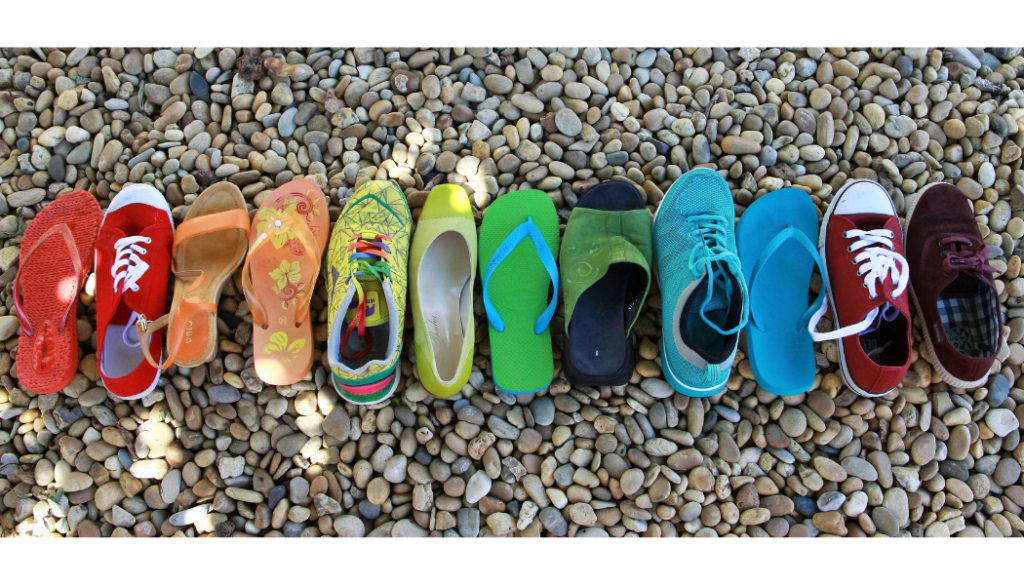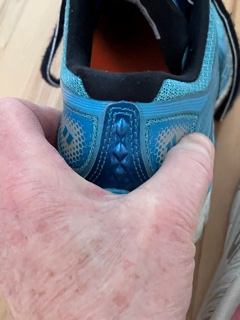
Let’s get started on Part 2!
Remember, during the normal walking cycle, the foot needs to be mobile early in the cycle and rigid later in the cycle. A flat foot is at an advantage here. The joints in the middle and rear of the foot become looser as the arch lowers. A lower arch means a flatter foot.
When your foot lands on the ground and your body travels forward over your foot, your foot needs flexibility so it can absorb the ground reaction forces and protect your leg and back from these considerable forces. It also needs to adapt to any unevenness on the surface so you can keep your balance. Because a flatter foot is a more flexible foot, in this early part of the walking cycle, you have what you need! Your low-arched foot is mobile and can do a good job absorbing ground reaction forces and adapting to any unevenness on the ground.
In the later part of the walking cycle, your foot needs to become rigid so you can propel yourself forward. Here is where having a flat foot can be a disadvantage. Your mobile flat foot may have a hard time becoming rigid enough for good propulsion. This difficulty is often the cause of problems like bunions and plantar fasciitis.
What your foot lacks can often be balanced with the right shoe. If your foot lacks rigidity, a firmer shoe can make a helpful difference. A shoe with support in the right places can help your foot be more rigid when you need it. This type of shoe is sometimes called a “motion control” shoe. It’s controlling your foot’s extra mobility so it can function better.
How can you tell whether a shoe is supportive in the right ways for your flatter feet? Here are two simple tests you can perform in the shoe store.
The Heel Counter Squeeze
The Heel Counter is the back part of your shoe where your heel sits.
Place your thumb and forefinger on either side of the heel counter. Pinch the sides together.

If the heel counter remains firm, like this blue shoe, this is a good shoe for you.

If you can easily squeeze the sides together, like this black shoe,
it’s not a good shoe for you.
The Twist Test
Hold the back of the shoe with one hand and the toes of the shoe with the other hand. Try to twist the shoe.

If it’s harder to twist, like the blue shoe, it indicates more support for a flatter foot and is a better shoe for you.
[Photo of back of twisted black shoe here]

If it’s easy to twist, like the black shoe, it’s not a good shoe for you.
How much does wearing the right shoe for your feet matter?
It depends. If you are not having any problems with your feet, it’s probably not important for every shoe you wear to help control the extra motion in your foot. However, if you are walking for exercise, it would be wise to find a more supportive shoe to help prevent problems.
And of course, the shoe must feel comfortable! If it’s not comfortable, it’s not a good shoe for you period!
Coming up in Part 3, we’ll talk about the shoe features that help a high arched foot. Thanks for reading!
